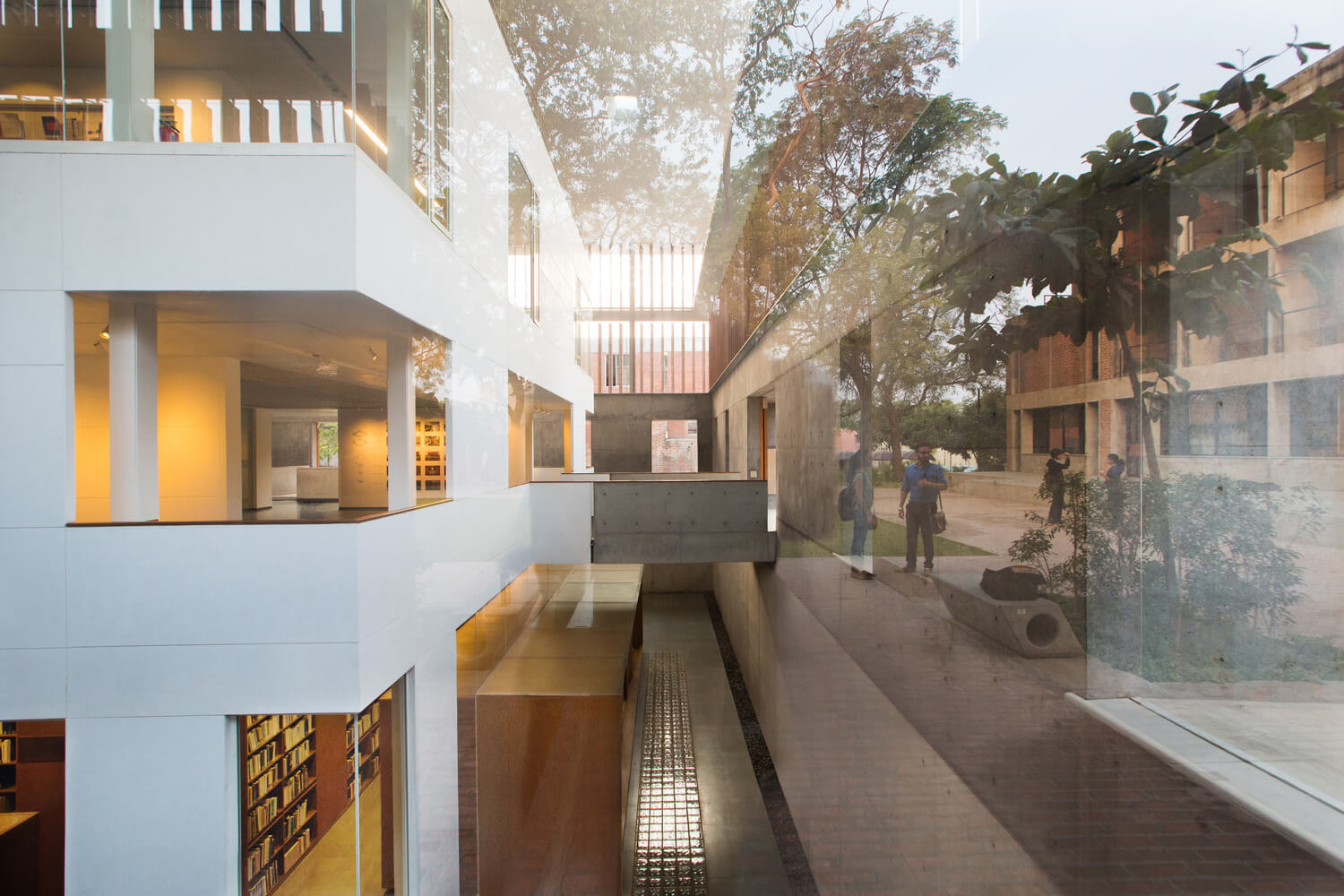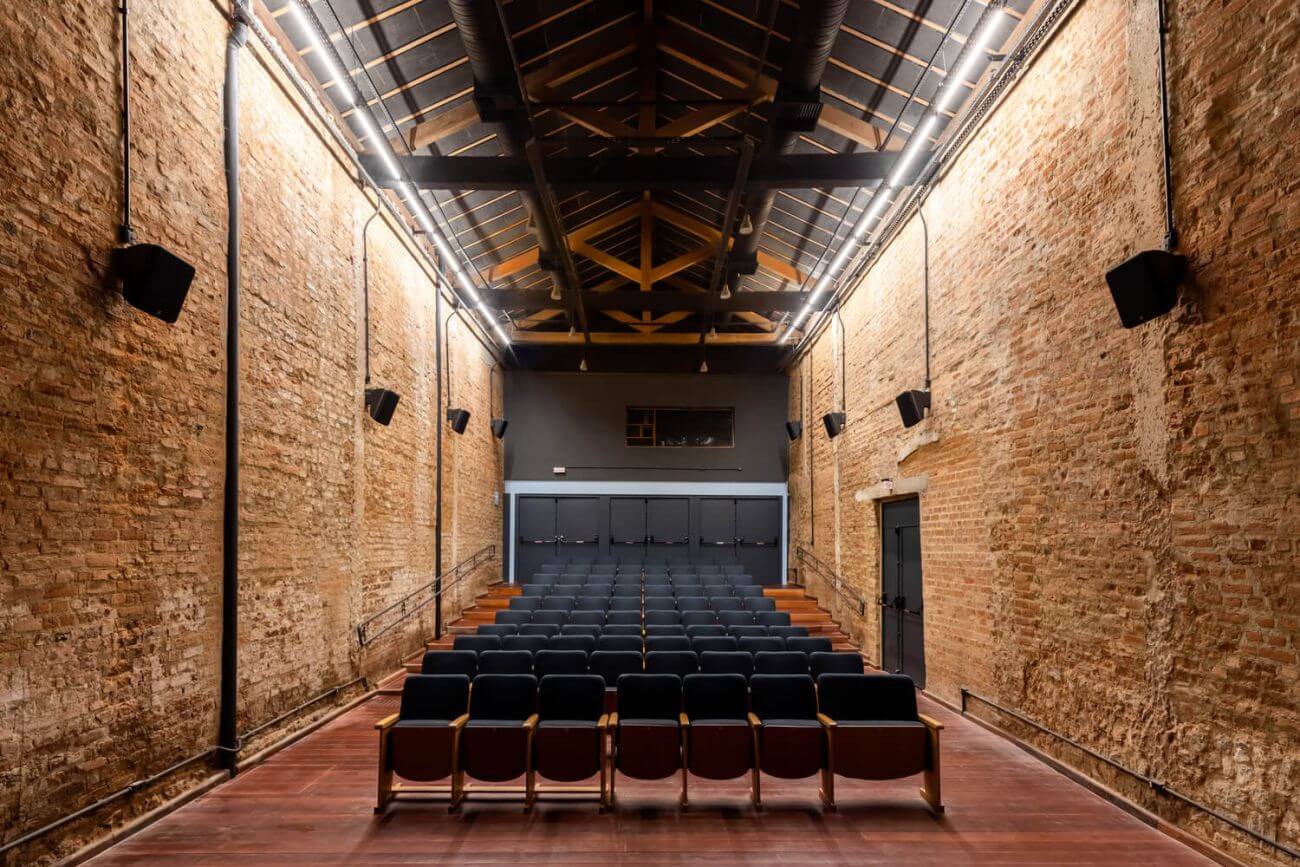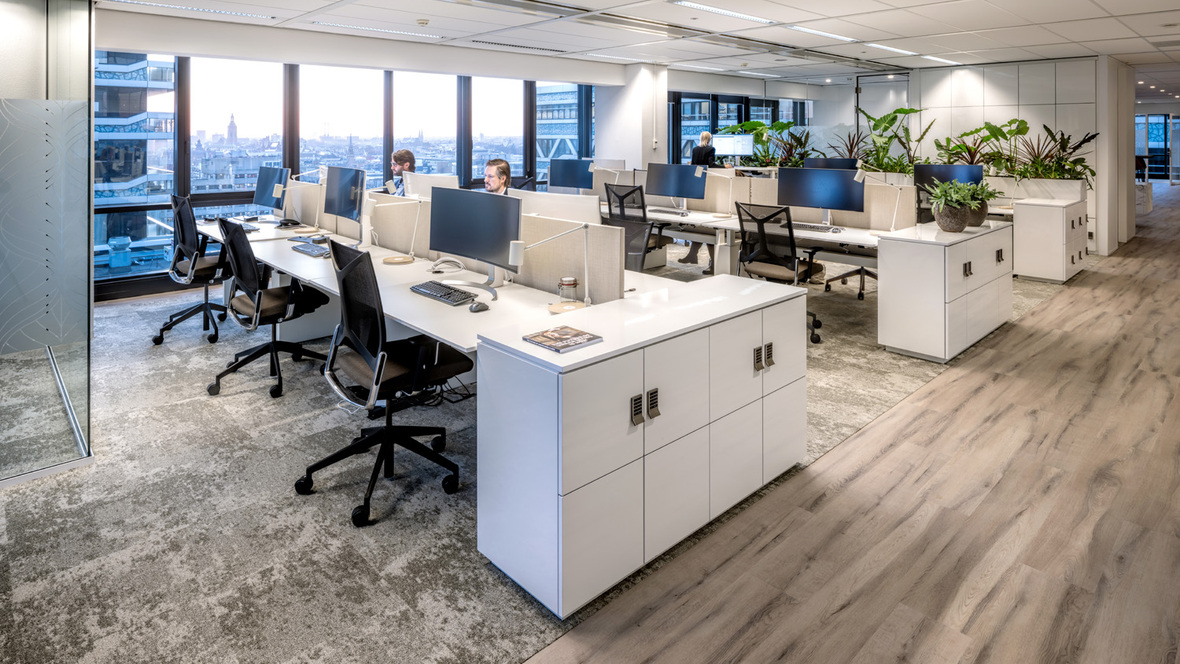PROJECT OBJECTIVES
Improved planning and operational management of services and offers is of paramount importance to meet the European ambitious target to make rail the preferred mode of transport in the future. The future European railway system will be interoperable, resilient, able to adapt capacity and able to integrate all involved services including last mile operations, exploiting the opportunities provided by digitalisation. The development of the future European Traffic Management is key for achieving the foreseen Single European Railway Area (SERA).
Today, rail traffic is managed on national or regional level, supported by legacy systems with a poor level of digitalisation and weak integration with systems of other actors participating in the overall traffic planning and management process.
Through the development of functional requirements, associated specifications and operational or technological solutions and by taking advantage of the potential of digitalisation, the Project “FP1-MOTIONAL” is paving the way towards the implementation of the future European Rail Traffic Management System to make rail the backbone of a multimodal transport system for passengers and freight.
The planned activities to achieve the objectives of Flagship Area 1 are carried out in two major workstreams.
Workstream 1 (WS1) has three major focus areas of activities, Planning and Operation activities (dealing with the future interactively linked timetable planning and operational traffic management systems) and Integration activities (dealing with railway centred door-to-door mobility service offers).
Digitalisation is a fundamental transformational process encompassing the Rail System as a whole, affording greatly expanded opportunities for innovation in the form of machine ‘intelligence’ injected in the system through advanced information sharing and processing solutions. These new solutions, which will be developed in all of Europe’s Rail (EU-RAIL) Flagship Areas, will allow tackling long-standing hard technical and operational issues in the Rail System, e.g. interoperability. But even more importantly, they will provide the potential for the creation of new added value from the Rail System physical and technical assets, and from its organisational and human knowledge.
Workstream 2 (WS2) will deliver a set of digital enablers for all EU-RAIL Flagship Areas (i.e. “transversal”) to support them in the development of destination-specific digitalisation solutions with:
- a common scalable, reliable and interoperable data sharing and communications infrastructure,
- a common machine-readable semantic and syntactic description of the data, and
- a common digital assets planning, engineering and Digital Twin support development and run-time environment.












